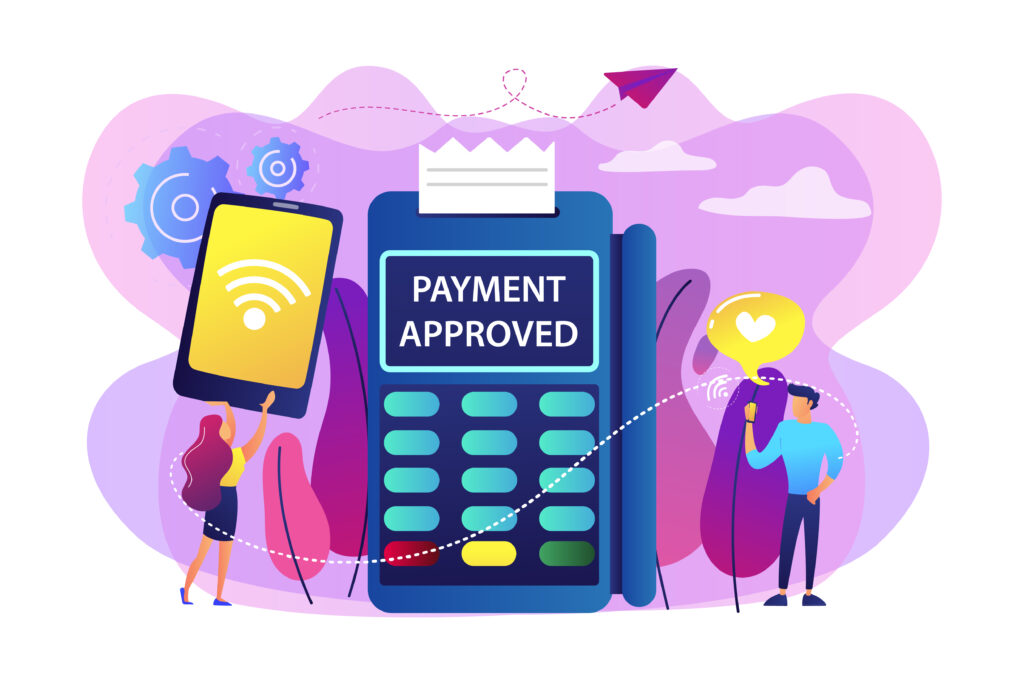
Introduction
When it comes to handling credit card transactions, two critical components play distinct roles: payment gateways and payment processors. Understanding their differences is essential for efficient payment processing.
Payment Gateway
A payment gateway serves as an online tool that securely transmits payment data from the point of entry (such as your website) to the payment processor. It authorizes card-not-present transactions, primarily used for eCommerce websites. Think of it as the virtual point-of-sale terminal for your business, ensuring secure communication between your website and the processor.
Payment Processor
A payment processor acts behind the scenes, relaying transaction details between the customer’s card-issuing bank and your acquiring bank. It executes the transaction by transmitting data among you (the merchant), the issuing bank, and your acquiring bank. Payment processors provide credit card machines and other equipment for accepting payments.
Uses Cases
Payment Gateways Primarily used for eCommerce transactions, payment gateways create a seamless buying experience across all sales channels and devices. They can also integrate with accounting or CRM software and process transactions at point-of-sale systems or via mobile devices.
Conclusion
In summary, payment gateways facilitate secure online payment data transmission, while payment processors handle the transaction details. Please note that this is only some basic information on payment processors and payment gateways, for more information, call us at 310.826.7000.
